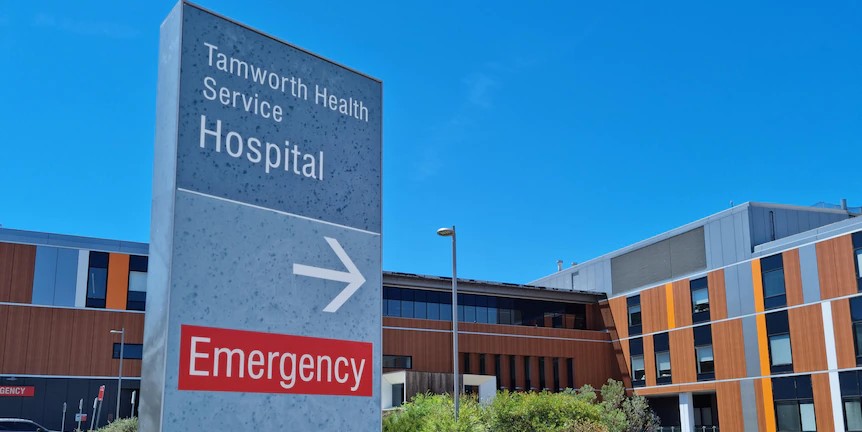Who wants to be a rural doctor?
It is the burning question at the centre of a NSW inquiry as the state’s rural health system faces a deepening crisis.
After a damning 2022 report found country patients had far worse health outcomes than their city peers, a parliamentary inquiry has heard access to primary care is only getting worse.
“It’s been described as a crisis,” committee chair, Wagga Wagga MP Joe McGirr, said during a hearing at parliament house in Sydney on Monday.
“There has been the observation that it’s not been as bad in 20 or 30 years.”
NSW Health has introduced a suite of incentives in an attempt to attract doctors to the bush.
Deputy secretary for regional health, Luke Sloane, said the centrepiece was 80 places for trainee rural doctors to work in both hospitals and clinics under a single employer model.
The model cuts red tape and gives doctors greater pay and entitlements as they work across the two settings, which is critical in rural areas.
But it is taking time to fill those places.
“We cannot force people to choose to become rural generalists and we’ll continue to work … to promote this as a pathway to a medical career in regional areas,” Mr Sloane said.
The department employed 2300 people through financial incentives and offered 10,000 retention packages, along with buying accommodation to house key workers in country areas.
Tamworth Hospital, which covers much of our region, is at a 58 per cent deficit in its midwifery staff, and the shortages are set to worsen, obstetrician Lilach Leibenson said.
Half of the hospital’s on-call consultant and registrar shifts are covered by locum doctors.
Dr Leibenson, representing the Royal Australian and New Zealand College of Obstetricians and Gynaecologists, said other major regional hospitals, including Dubbo and Orange, are in similar positions.
The widespread shortages mean smaller rural hospitals often have to go on bypass when staff are sick or on leave, forcing women to travel long distances to give birth.
“We have patients driving for four hours, sometimes in their own car, to get to Tamworth,” Dr Leibenson said.
Shortages across the sector were also affecting rural doctors’ ability to get life-saving care for their patients, Australian Salaried Medical Officers’ Federation assistant secretary Michelle Moyle said.
“Why would you go to the bush where you’re a lone wolf and making life-threatening decisions on a daily basis, with no immediate help available to help you make those decisions?” she said.
Like what you’re reading? Support The New England Times by making a small donation today and help us keep delivering local news paywall-free. Donate now

